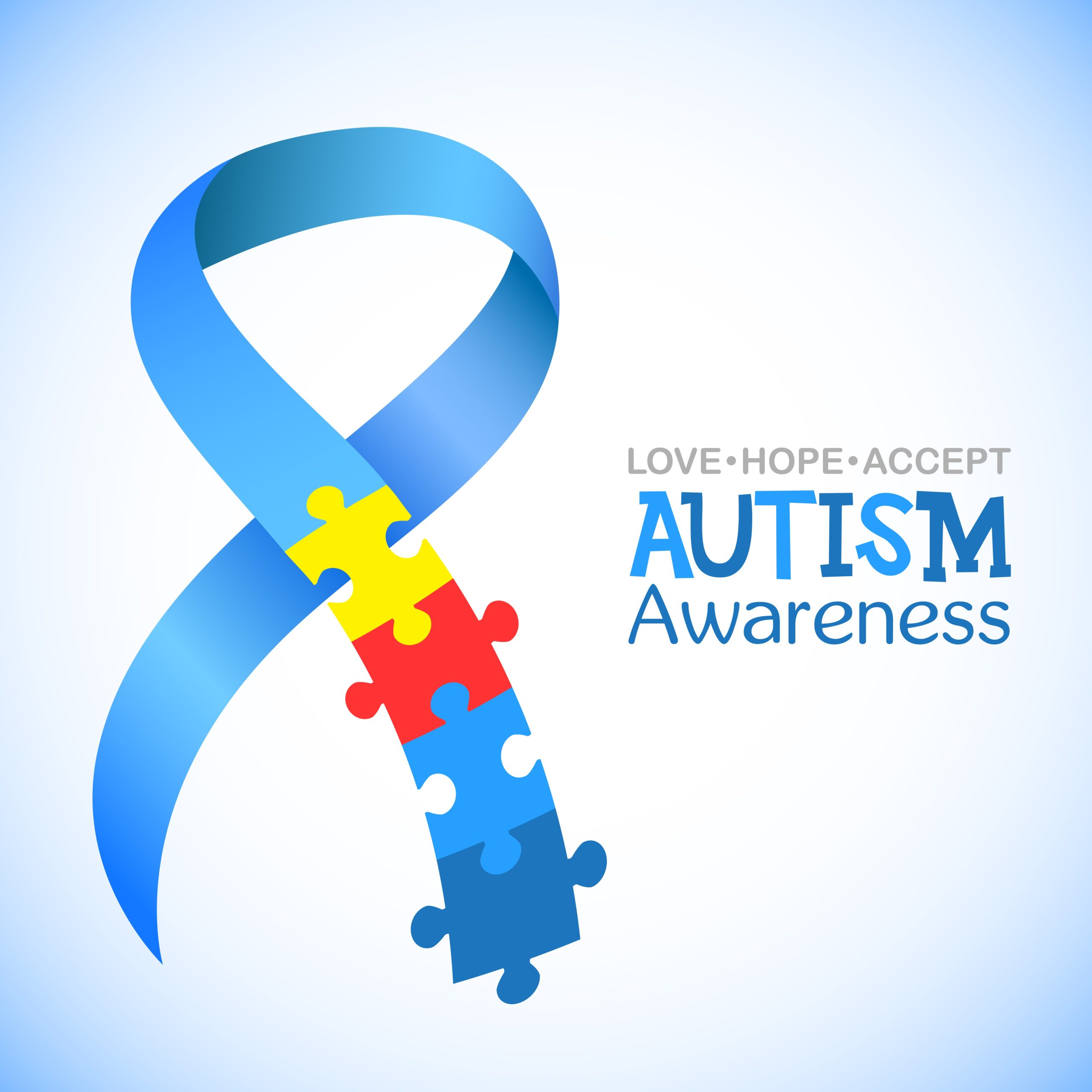Across the nation, people with autism and the organizations that support them are gearing up for the month-long celebration of National Autism Awareness Month. Want to get involved?
There are a variety of actions you can take to spread the word about autism and to encourage neuro-typical Americans to be more accepting, inclusive and appreciative of the gifts people with autism bring into our world.
The Autism Society recommends that friends, families and allies of people with autism connect with local organizations sponsoring special autism month events such as autism walks, runs, and other fundraisers, sensory-friendly events and online activities. The Autism Society also asks people affected by autism to share their experiences on the society’s Facebook page, and to wear or display the society’s Autism Awareness Puzzle Ribbon. Donations to the Autism Society, Autism Speaks or many other organizations that support research and programming for people with autism is a critical way to support Autism Awareness Month.
Another way is to become knowledgeable about the signs and symptoms of autism and to help educate others about these. The Centers for Disease Control and Prevention recommends that parents and medical professionals be aware of developmental milestones (such as smiling, sitting up, crawling, babbling) and seek help if they feel concerned that their child is not meeting milestones within normal limits. Time is of the essence here, because early diagnosis and intervention is crucial to having a favorable prognosis. According to Autism Speaks, “Recent research confirms that appropriate screening can determine whether a child is at risk for autism as young as one year.” Once a child is diagnosed, parents, physicians and therapists can determine a treatment plan and therapy can begin.
“While every child develops differently,” according to Autism Speaks, “we also know that early treatment improves outcomes, often dramatically. Studies show, for example, that early intensive behavioral intervention improves learning, communication and social skills in young children with autism spectrum disorders.”
Many children with autism benefit from interventions such as speech/language, creative arts and occupational therapies. Sometimes treatment takes place in a sensory room or sensory space.
Enabling Devices offers a variety of products that therapists and special educators can use in their work with clients and students with ASD who experience sensory processing challenges. In a previous blogpost, Enabling Devices’ Product Development Specialist Karen O’Brien explains, “Sensory rooms are spaces where children and adults can explore their environments through visual, auditory and tactile experiences.” For example, sensory spaces might contain “swings, ball pits, LED light illuminators, bubble tubes, gel pads, weighted vests, musical and tactile toys, sensory wall panels, aromatherapy fans and comfortable seating such as beanless bag chairs.”
Though setting up a sensory space may seem like an expensive and/or overwhelming task, it needn’t be. While some sensory spaces are large, and chock full of equipment, toys and other devices, others are created by dedicating an alcove or walk-in closet, and contain just a few carefully selected items. Our staff is happy to help you design a sensory space that accommodates your space, budget and desires. You can start planning your sensory space by completing our sensory design questionnaire. A staff member from Enabling Devices will contact you to provide advice within 48 hours.
For more information on sensory spaces, see these blogposts:
Start Making Sense: How to Create a Fabulous Sensory Room


